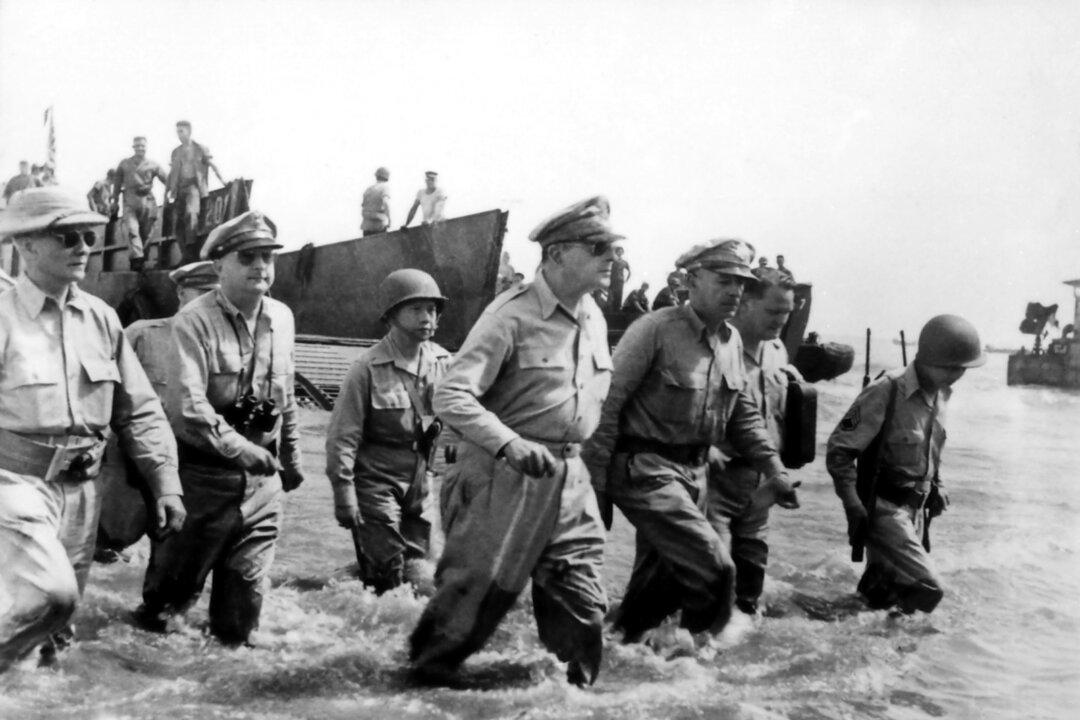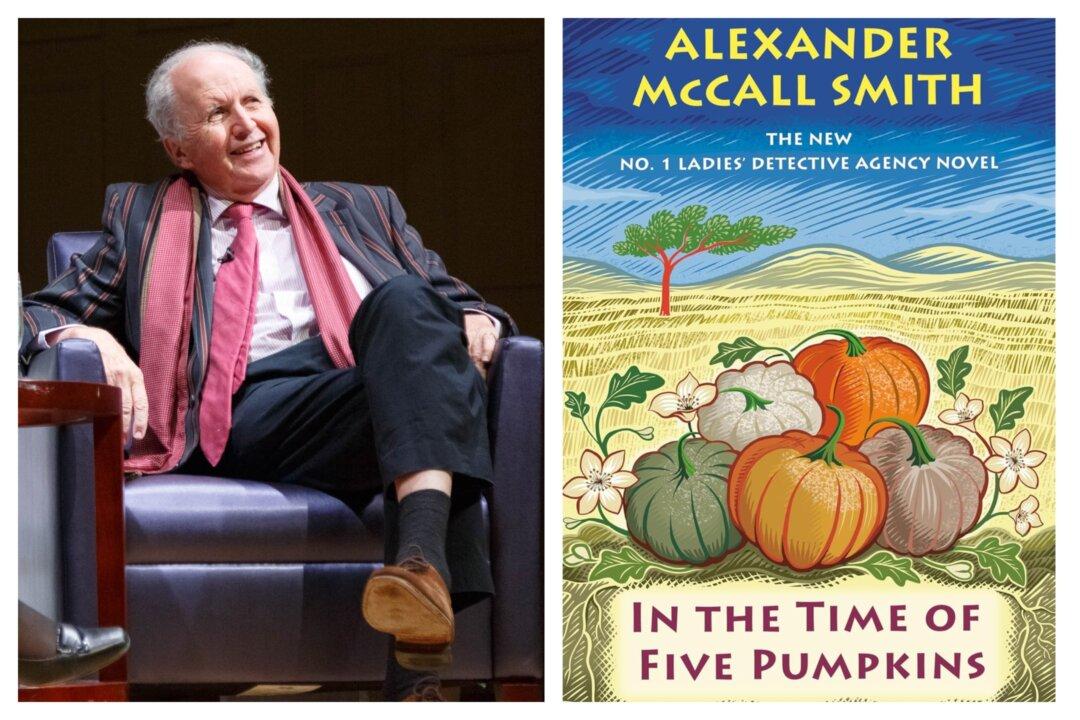Knowing history, both the good and the bad, is necessary to understand the sacrifices and the hardships our country went through to remain free and independent. Dec. 7 marks the anniversary of the bombing of Pearl Harbor—an opportune time to read about the effects of America’s and several Asian countries’ entry into the war.
Start With an Overview
Joe Giorello, a former history teacher, wrote a history series called “Great Battles for Boys” specifically for his “reluctant reader” of a son. Its easy reading style, with the more technical words explained within the text, helps readers grasp the flow of the stories and lessens the readers’ frustration. The text is accompanied by photographs and maps, and each chapter ends with references as well as online resources.In “Great Battle for Boys: WW2 in the Pacific,” the author starts off explaining that even before the bombing of Pearl Harbor, Americans had been shooting down Japanese planes in their involvement in other Asian-Pacific conflicts from 1941 to 1942. As allies of China and Burma (now Myanmar), American volunteer pilots, under Col. Claire Lee Chennault, stepped in and were able to put a dent on the Japanese air fleets. On Dec. 20, 1941, just 13 days after the Pearl Harbor bombing, The Flying Tigers went into combat to defend their southwestern Chinese base in Kunming from Japanese attack. This became the first American “victory in World War II,” said Nell Chennault Calloway, granddaughter of the aforementioned colonel.





